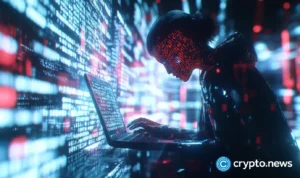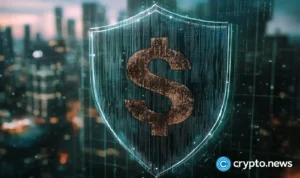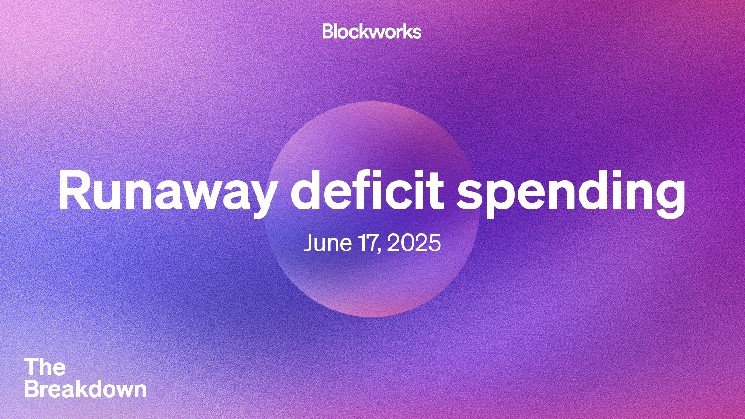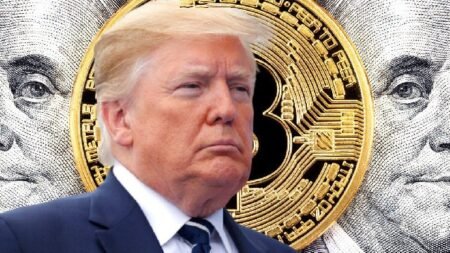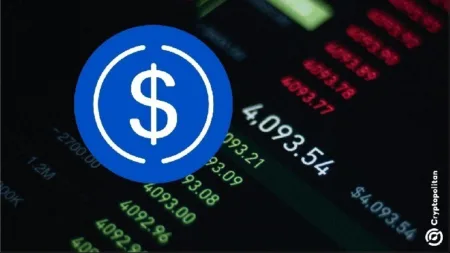This is a segment from The Breakdown newsletter. To read full editions, subscribe.
The charters establishing the First and Second Banks of the United States both included a clever clause that limited the ability of those proto-central banks to print money: Every bill issued had to be hand-signed by either the president or cashier of the bank.
This wasn’t an attempt to impose restrictive monetary policy, however — it was more about a Jeffersonian fear of big banks and institutions too far removed from local control.
But the effect was the same: Both the First and Second banks issued less money than their presidents wanted them to, simply because they couldn’t sign bills fast enough.
“We could at once give to the Southern & Western sections of the country two or three millions of sound & useful circulating medium,” Nicolas Biddle, president of the Second Bank of the United States, lamented in 1827. “But to make two millions of five dollar notes, it would be necessary to sign my name 400,000 times, which…is wholly impracticable.”
Biddle found a workaround when he began issuing “bank drafts” — interbank checks which allowed one branch to draw on another’s reserves (necessary because bank notes issued in one region weren’t always accepted at full value in other regions).
The drafts proved effective — they allowed the bank to provide credit in regions short of currency without Biddle, the third president of the Second Bank of the United States, having to sign thousands of new bank notes.
But those drafts also helped make Biddle the last president of the Second Bank of the United States.
Biddle’s bank drafts were perceived as an abuse of power that allowed the Second Bank to operate far more like a modern central bank the Jeffersonians in Congress were willing to abide — part of what made the bank a “monster,” in President Andrew Jackson’s term.
The Second Bank of the United States closed in 1836 because Congress declined to renew its charter.
Another experiment in restricting the supply of money came in 1863 when the National Currency Act required all nationally chartered banks to back the banknotes they issued with Treasury bonds.
Thereafter, to put $1 of currency into circulation, banks were required to buy $0.90 of federal debt — the result being that, unlike today, banks couldn’t issue notes based simply on local lending demand.
Instead, they could only issue slightly more in currency than they took in from customers as deposits — typically in gold, silver or federally issued “greenbacks.”
In 1879, the US government tied its own monetary hands even further by declaring that US dollars would be convertible into a fixed amount of gold — effectively limiting the money supply to the amount of gold the government could credibly promise to redeem.
That may sound appealing in this age of runaway deficit spending.
But the gold standard wasn’t pleasant for the people who lived through it; the monetary discipline it imposed came at a grave cost when the growing US economy demanded more money than the system could supply.
This left the country prone to debilitating bouts of deflation.
William Jennings Bryan declared the gold standard a “crown of thorns” in 1896; in 1924, John Maynard Keynes called the gold standard a “barbarous relic”; and economic historians say the link to gold is largely to blame for the Great Depression.
In 1934, Franklin Roosevelt ended the convertibility of dollars into gold for US citizens and in 1971 Richard Nixon ended it for central banks.
They didn’t have to — to stay on the gold standard, the US could have raised interest rates, raised taxes and cut spending instead.
But that was unthinkable in 1934 and politically unfeasible in 1971, so we’ve had a fully fiat monetary system ever since — with dollars backed only by the “full faith and credit” of the US government.
It’s worked out better than most predicted — perhaps unsurprising in retrospect since allowing the supply of dollars to expand with the US economy has proven more sensible than constricting it based on how much gold can be dug up in South Africa.
As good as fiat has been for the US, though, we may now be approaching another 1971 moment.
It won’t be as abrupt: If the US hadn’t voluntarily abandoned the gold standard, the gold would have simply left the country and that would have been the end of it.
Today, the process is more of a slow burn — a gradual erosion of faith in the government’s credit.
To forestall it, the US may have to make some of the hard decisions it chose to avoid making in 1971 — to raise interest rates, raise taxes or lower spending.
But even in today’s fully fiat system, the question of who ultimately stands behind the dollar still matters.
Read the full article here



